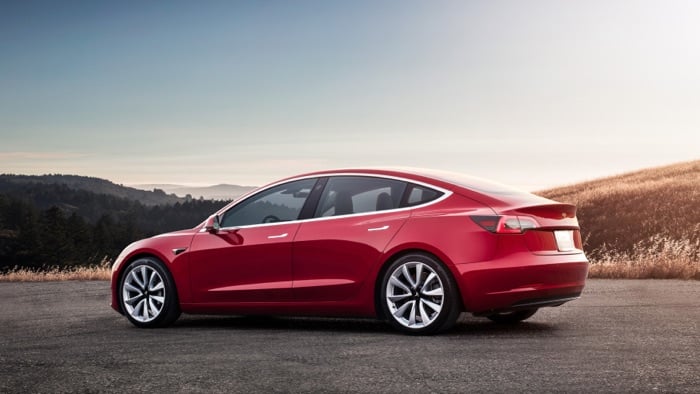
Tesla has begun the rollout of a new feature that allows owners to limit the speed of their vehicle remotely. The update is offered in vehicle software 2018.24 and higher along with the Tesla app. The mobile app must be version 3.4.1 or higher.
How the Speed Limiting Feature Works
Once the update is applied, users can limit the top speed of their Tesla car to between 50 and 90mph. This would be a wonderful way for a parent to prevent kids from speeding but still allow them highway speeds. The feature is designed to enhance safety by giving owners more control over their vehicle’s speed, especially when someone else is driving. For instance, if a teenager is borrowing the car, the parent can set a maximum speed limit to ensure safe driving practices.
The speed limiting feature can be accessed through the Tesla mobile app, making it convenient for owners to adjust settings on the go. This is particularly useful for fleet managers who need to enforce speed limits across multiple vehicles. Additionally, the feature can be used to promote fuel efficiency by preventing drivers from exceeding optimal speed ranges.
Comparison with Valet Mode
Tesla’s new feature may not be available to all users just yet. It is an expansion on the valet mode introduced before that limited speed to 70mph and acceleration and power to 25% of max. Valet mode was primarily designed to restrict the vehicle’s performance when handed over to a valet service, ensuring that the car is driven responsibly and securely. However, the new speed limiting feature offers more flexibility and control, allowing owners to set a custom speed limit that suits their specific needs.
For example, while valet mode is useful in scenarios where the car is temporarily handed over to someone else, the new speed limiting feature can be applied in a broader range of situations. Parents can use it to monitor their children’s driving habits, employers can enforce speed limits for company cars, and even individual owners can use it to ensure they adhere to speed regulations in different areas.
Moreover, the speed limiting feature is part of Tesla’s broader commitment to safety and innovation. The company has consistently introduced updates that enhance the driving experience while prioritizing safety. Features like Autopilot, collision avoidance, and now speed limiting, all contribute to making Tesla vehicles some of the safest on the road.
Additional Benefits and Future Prospects
The introduction of this feature also opens up possibilities for future enhancements. For instance, Tesla could integrate geo-fencing capabilities, allowing the speed limit to automatically adjust based on the vehicle’s location. This would be particularly useful in urban areas with lower speed limits or in school zones where safety is paramount.
Another potential enhancement could be the integration of real-time feedback for drivers. For example, the app could provide notifications or alerts if the driver is approaching the set speed limit, encouraging them to drive more cautiously. This could be particularly beneficial for new drivers who are still getting accustomed to road regulations.
Furthermore, the speed limiting feature could be integrated with other Tesla safety features to create a more comprehensive safety system. For instance, it could work in tandem with the car’s collision avoidance system to automatically reduce speed in high-risk situations, thereby preventing accidents.
In conclusion, Tesla’s new speed limiting feature is a significant step forward in vehicle safety and control. By allowing owners to set custom speed limits, Tesla is providing a valuable tool for promoting responsible driving. Whether it’s for parents monitoring their teenagers, fleet managers overseeing company vehicles, or individual owners looking to enhance their driving habits, this feature offers a versatile and effective solution.
via Electrek
Latest Geeky Gadgets Deals
Disclosure: Some of our articles include affiliate links. If you buy something through one of these links, Geeky Gadgets may earn an affiliate commission. Learn about our Disclosure Policy.